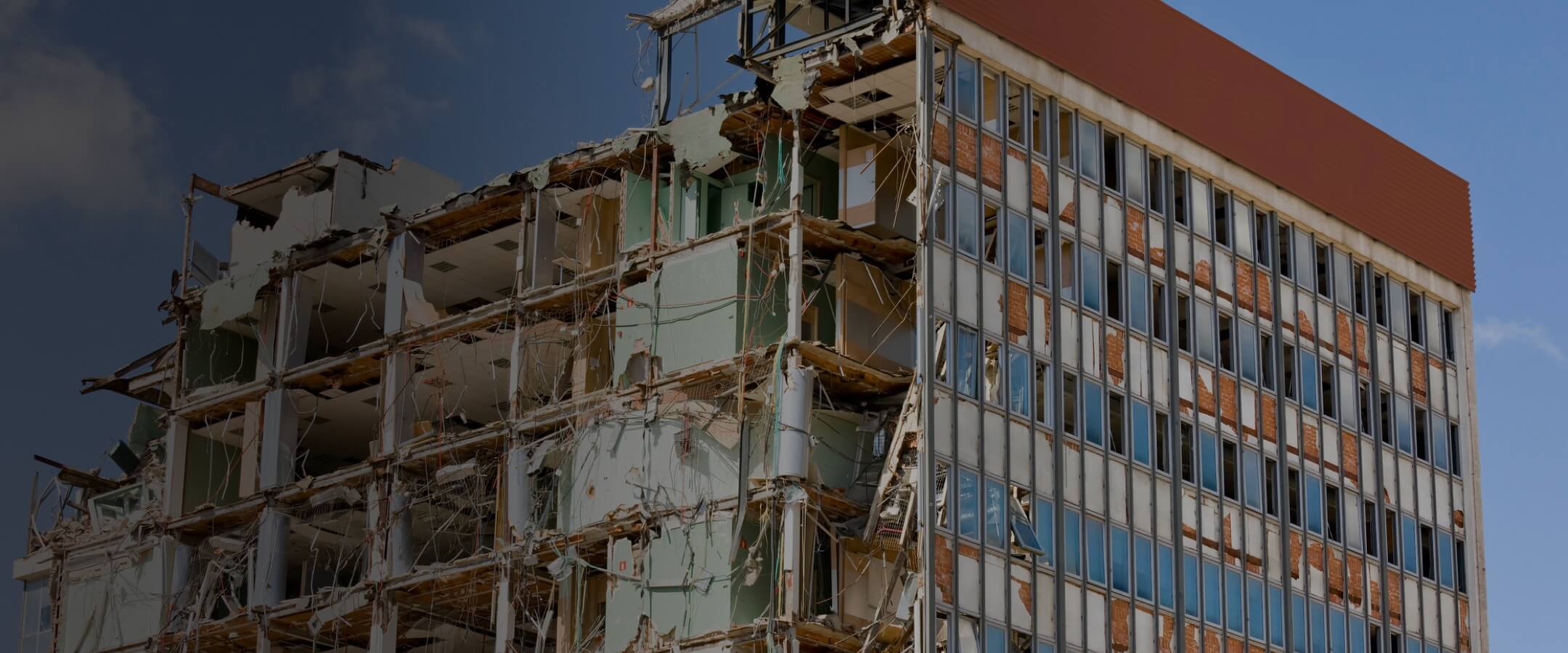The property and casualty insurance industry in Latin America has experienced sizeable growth in absolute gross written premiums in recent years. But much of the region is situated in areas of high seismic hazard, where historic earthquakes have resulted in significant catastrophe losses. Earthquake knowledge, regulatory oversight, and mitigation are embedded within the cultures of some of these countries, while risk transfer plays an increasingly important role in this emerging market. (Re)insurance companies need to understand the regional differences to quantify, differentiate, and manage earthquake risk in this region at all levels - from underwriting through to portfolio management, reinsurance, and capital management decisions.
Earthquake Risk and Events in Latin America
Latin America comprises the Caribbean and Central and South America and is a large region that spans different complex tectonic environments. Central American countries are located on the Caribbean Plate at the juncture with the Cocos Plate to the west, the North American Plate to the north, and the Nazca Plate along the southern coast of Panama. The relative plate movement in this area is responsible for seismicity at shallow and intermediate depths as well as active volcanoes.
In South America, most of the seismicity is located on the western coast due to large subduction zones along Colombia, Ecuador, Perú, and Chile, whereas the eastern part of the continent that covers Brazil and part of Argentina is seismically stable with very low to moderate seismicity. Historically, many small to large earthquakes have caused damage to property and life in Colombia, Perú, Ecuador, Chile, Venezuela, and Bolivia.
The Caribbean Plate moves east with respect to the larger North American Plate, which contains much of the North and South American continents and the western half of the Atlantic Ocean sea floor. The tectonics in this region is complex with a number of subduction zones and active crustal faults that intersect predominantly offshore.
Significant Events
Within the last 20 years, there have been many significant events affecting the western coast of South America:
- An M8.8 event in 2010 off the coast of central Chile also triggered a tsunami with economic losses up to $34 billion.
- In 1960, an M9.4 event (Valdivia) in southern Chile triggered a tsunami, with economic losses ranging up to $7 billion.
- The M7.8 Muisne event in 2016 struck off the Ecuador's coast, causing economic losses up to $4 billion in both Ecuador and Colombia.
- For Perú, an M8.0 event in 2007 off the coast of central Perú (Ica) brought economic losses of up to $2.4 billion.
RMS Solutions
South America Earthquake: The RMS South America Models include Argentina, Bolivia, Brazil, Chile, Colombia, Ecuador, Perú, and Venezuela. Together, the models provide (re)insurers with a tool for understanding and managing earthquake risk in all seismically active countries in the region.
Central America Earthquake: The RMS® Central America Earthquake Model provides comprehensive coverage for modeling earthquake risk in all countries in Central America. Based upon a single, region-wide catalog of sources covering a mix of crustal, thrust, and intraslab quakes, it includes events based on the subduction of the Cocos Plate under the Caribbean Plate, the dominant source of seismicity in Central America.
Caribbean Earthquake: The RMS® Caribbean Earthquake Model covers some 25 countries, territories, and municipalities to offer the broadest coverage of earthquake risk modeling in the market, enabling effective management of national and regional portfolios.

Find the Model to Fit Your Needs


